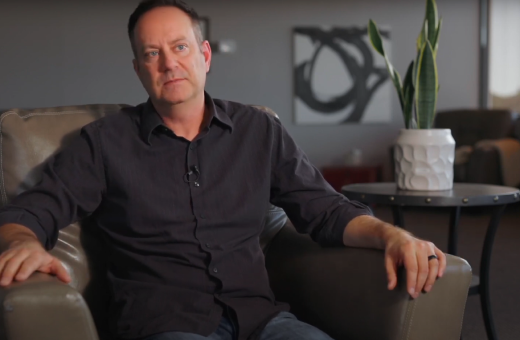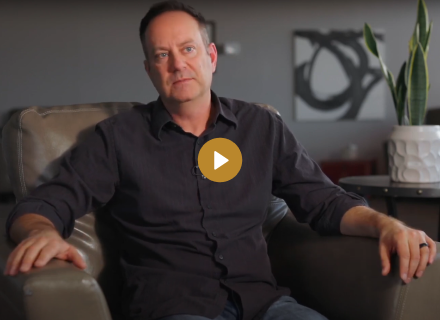By Floyd Godfrey, PhD
Understanding Emotional Pain in Addiction
Pornography addiction, like many compulsive behaviors, is deeply rooted in emotional pain. As a Certified Sex Addiction Specialist, I have observed a recurring pattern in the lives of men and youth struggling with sexual compulsivity. They often grapple with unresolved emotional wounds, which manifest as a dependency on pornography and masturbation for temporary relief. Matt Fradd aptly captures this phenomenon: "The emotional side of the addiction is where a man turns to a substance to self-medicate some deep emotional pain" (Fradd, 2013, p. 50).
Many of these individuals are unaware of their underlying emotional struggles. For some, this pain stems from their family of origin—situations involving abuse, neglect, rejection, or abandonment. Others may battle loneliness, perfectionism, insecurity, or unprocessed grief. In his book, Fradd explains, "Often, this pain is the result of family of origin wounds, such as abuse, addiction, rejection, abandonment, divorce, etc. It can also be caused by deep loneliness, anger, grief, sadness, perfectionism, or insecurity" (Fradd, 2013, p. 50). Regardless of the source, these emotional scars frequently lead individuals to seek solace in pornography, which temporarily alleviates their discomfort.
Educational Strategies to Break the Cycle
Addressing pornography addiction requires not only understanding its emotional roots but also educating individuals on healthier coping mechanisms. Acknowledging the link between emotional pain and addictive behaviors can be a turning point for many. My observations suggest that individuals struggling with this addiction often find relief in psychoeducation and guided self-discovery.
As Matt Fradd notes, the allure of pornography lies in its ability to provide momentary euphoria: "He discovers a substance that makes him feel really good (i.e., pornography, masturbation). Thus, whenever he is feeling the pain of his emotional wounds, he turns to the substance for comfort" (Fradd, 2013, p. 50). By teaching clients how to recognize these patterns, counselors can empower them to choose healthier alternatives. Practical strategies include mindfulness practices, journaling, and emotional resilience training, which enable individuals to confront their emotional wounds without seeking escapism.
The Role of Therapeutic and Coaching Interventions
Therapeutic interventions play a pivotal role in helping clients uncover and heal emotional pain. Professionals in mental health can guide clients through the process of understanding their addiction's underlying causes. Family of origin therapy, for instance, can help clients process childhood wounds. Additionally, cognitive-behavioral techniques allow individuals to reframe their thoughts and behaviors surrounding pornography use.
As a sex addiction specialist, I have found that combining these interventions with coaching programs enhances recovery. Coaches can provide practical tools for navigating triggers and developing accountability systems. Support groups, such as those found in 12-step programs or specialized recovery networks, also create an environment where individuals feel seen, understood, and encouraged.
Hope for Recovery
The journey to recovery is challenging but deeply rewarding. By addressing the emotional pain underlying pornography addiction, individuals can free themselves from the cycle of compulsive behavior. Professionals and coaches play a critical role in guiding individuals toward healing, offering hope that genuine freedom is possible. Through education, therapeutic intervention, and community support, recovery becomes a reality.
Floyd Godfrey, PhD is a Clinical Sexologist and a Certified Sex Addiction Specialist. He has been guiding clients since 2000 and currently speaks and provides consulting and mental health coaching across the globe. To learn more about Floyd Godfrey, PhD please visit his website: www.FloydGodfrey.com.
References
Fradd, M. (2013). Delivered - True Stories of Men and Women Who Turned From Porn to Purity. Catholic Answers Press.



